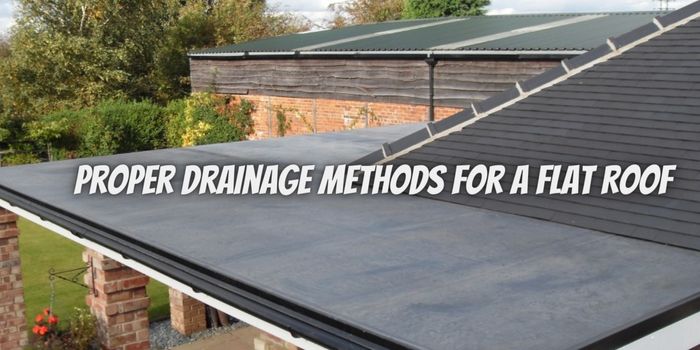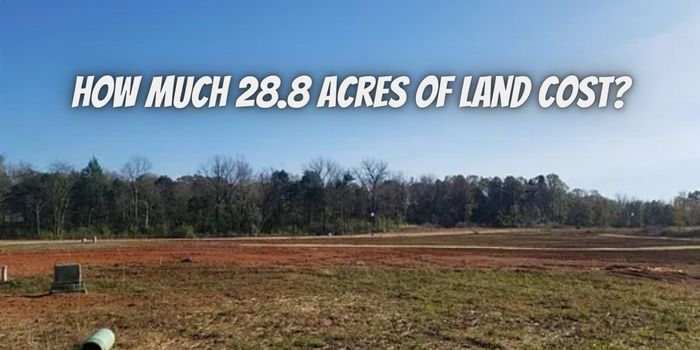A flat roof can add a touch of sleek style to any home, but it also requires its own unique set of drainage solutions. While the benefits are clear in terms of aesthetics, they come with an inherent challenge: how best to keep your roof dry and free from stagnant water when there’s no natural slope directing rain away? Never fear; there are a range of proper drainage methods depending on your budget and needs that will not only protect your investment but also enhance the appearance of your rooftop oasis. In this post, we’ll outline more about the proper drainage methods for a flat roof. Take a look.
Scuppers
In order to ensure adequate drainage from a flat roof, a scupper may be the ideal solution. Scuppers are simply holes in the exterior walls of buildings located at ground level, usually near the bottom of your roof. When it rains and water accumulates on top of the flat roof, it flows through these outlets allowing rainwater to escape before it can become a problem or cause any damage. It’s an effective yet simple way to handle drainage that doesn’t require any additional infrastructure. Plus, it helps keep your building as aesthetically pleasing as possible since all you see is a hole in your wall instead of having some drainage system attached externally. Whether you choose a single scupper per wall or multiple scuppers around your building this is one reliable way to keep moisture out.
Interior Drains
Interior drains are one of the solutions to this problem often employed by builders and contractors, which consists of installing a network of pipes and drains throughout the ceiling, connected to an exit point that leads away from the house. This method ensures that excess water runs out quickly so it can move away from the house, eliminating any chance of flooding. Interior drains are an inventive and clever way to make sure your flat roof is functioning at its full capability.
Gutters
Installing gutters on a flat roof may not be the most aesthetically pleasing sight, but it can go a long way toward protecting your home from water and moisture damage. These cleverly constructed pieces of metal or plastic work to effectively channel rainfall into downspouts which direct the water far away from the foundation of your home and any outdoor living spaces. With gutters in place, you can rest easy knowing that rain and standing water will be managed swiftly and efficiently. Remember to have your gutters cleaned regularly to remove debris that may hinder the proper flow of water from your roof.
Siphonic Drains
Siphonic drains are also efficient methods for draining water away from a flat roof by using a siphonic drain. This involves creating an artificial siphon system that utilizes strategically placed pipes and other devices to direct rainfall off the roof as quickly and completely as possible. The concept behind this ingenious system is relatively simple – when rainwater falls on the surface of the flat roof, it flows towards these specially designed drains where the water level rises suddenly due to the shape of the pipe, forcing the water down and out via gravity. Compared to traditional flat roof drainage systems, this modern approach provides fast drainage capabilities without having to sacrifice any valuable roof space or install complicated maintenance mechanisms along with it.
Tapered Insulation
Installing tapered insulation is a creative solution for creating drainage and ventilation within a flat roofing system. By using an angled form of insulation, the insulation layer can be sloped in such a way that it directs water down and away from the building, safely funneling it to an edge or drain. The insulation enables air to flow upwards towards ridge vents, thus cutting down on trapped moisture and preventing harmful build-up as well as improving energy efficiency. Tapered insulation is handsomely effective and effortlessly stylish – saving you money and headaches during its long lifespan.
Now that you know the basic principles of flat roof drainage, you’re well on your way to ensuring a long lifespan for your roof. While there are many different ways to properly drain a flat roof, the methods described above are some of the most commonly used and effective. Be sure to consult with a professional if you have any questions or concerns about installing or maintaining a drainage system for your flat roof. With proper installation and maintenance, you can rest assured that your flat roof will be able to withstand the elements for years to come.




